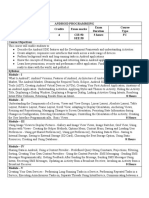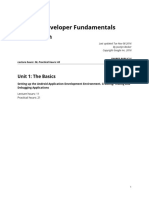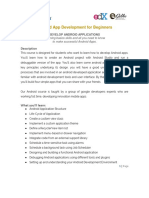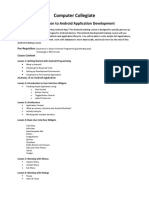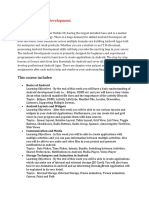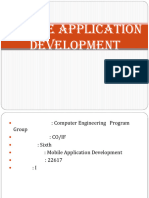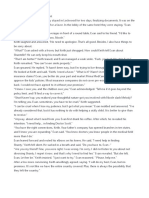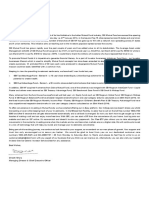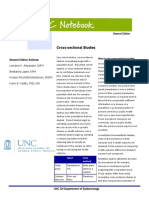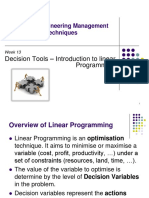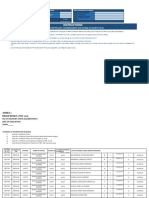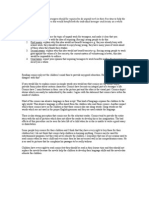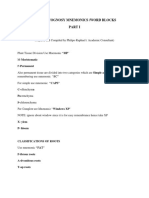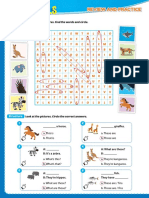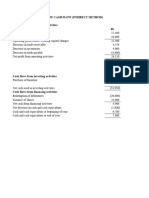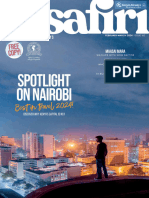0% found this document useful (0 votes)
87 views2 pagesAndroid Programming Course Guide
This document outlines the course content for an Android programming course with 5 units. Unit I covers getting started with Android programming tools and creating a first Android application. Unit II discusses activities, fragments, and intents for linking activities. Unit III covers user interface components like views and layouts. Unit IV focuses on designing user interfaces with specific views. Unit V discusses displaying pictures, menus, and data persistence. The course uses Android Studio and covers topics through the full Android development lifecycle.
Uploaded by
ganesh.mckvlpCopyright
© © All Rights Reserved
We take content rights seriously. If you suspect this is your content, claim it here.
Available Formats
Download as DOCX, PDF, TXT or read online on Scribd
0% found this document useful (0 votes)
87 views2 pagesAndroid Programming Course Guide
This document outlines the course content for an Android programming course with 5 units. Unit I covers getting started with Android programming tools and creating a first Android application. Unit II discusses activities, fragments, and intents for linking activities. Unit III covers user interface components like views and layouts. Unit IV focuses on designing user interfaces with specific views. Unit V discusses displaying pictures, menus, and data persistence. The course uses Android Studio and covers topics through the full Android development lifecycle.
Uploaded by
ganesh.mckvlpCopyright
© © All Rights Reserved
We take content rights seriously. If you suspect this is your content, claim it here.
Available Formats
Download as DOCX, PDF, TXT or read online on Scribd
/ 2
